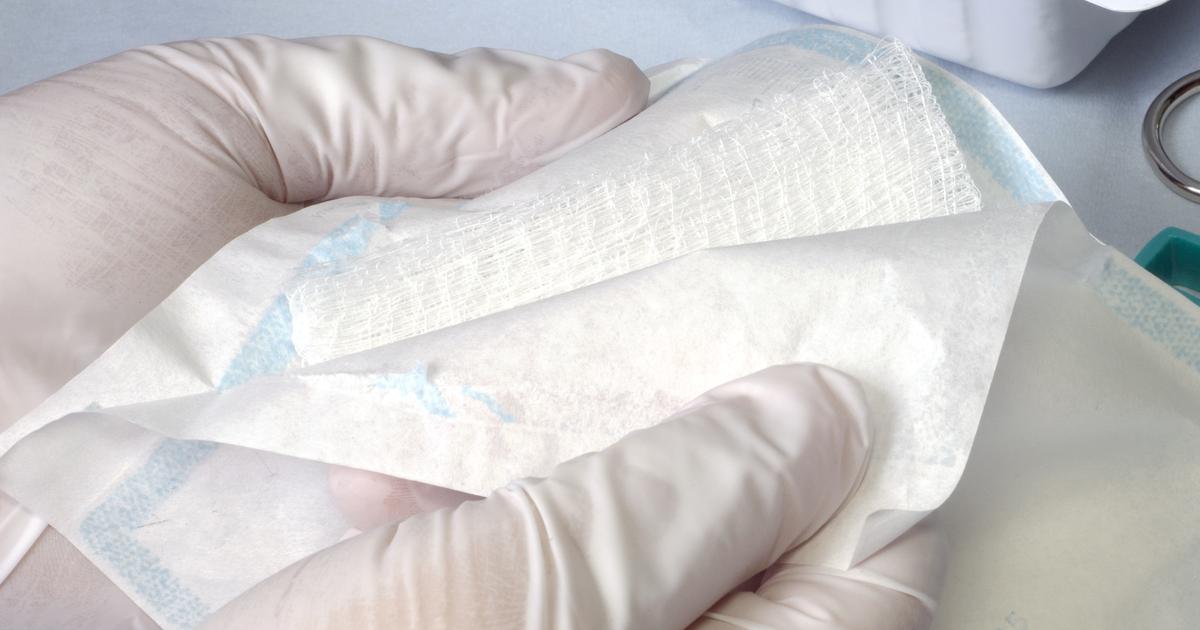Guide To Identifying A Port Wine Stain
Types Of Port-Wine Stains

'Port-wine stain' is a non-medical term often used by the public to refer to any birthmark doctors would classify as a capillary vascular malformation. One of the most common types of port-wine stains (capillary vascular malformations) in this group is known as naevus simplex. This particular birthmark affects up to forty percent of newborns, and it is a light pink patch that typically appears at the nape of the neck or on the eyelids. It can also appear in between the eyebrows, and this presentation is referred to as an 'angel's kiss.' Naevus simplex lesions become increasingly red when a child cries, holds their breath, strains, or engages in vigorous activity, and the color of the lesions can also be influenced by the ambient temperature. Naevus simplex patches often become lighter with age, and the patches are not painful or itchy. Unlike true port-wine stains (nevus flammeus), naevus simplex lesions at locations other than the nape of the neck often fade within the first two years of a child's life. Those located at the nape of the neck fade at a slower rate, and fifty percent of lesions in this area could persist indefinitely. Since the nape of the neck is often covered by hair, the lesions might not be of cosmetic concern to the patient.
Discover more information about port-wine stains now.
Do They Bleed

Capillary vascular malformations, including port-wine stains, are generally more prone to bleeding after minor trauma than other areas of skin. Scratching or picking the birthmark could cause bleeding, and patients need to be especially mindful of protecting the site from injury. If bleeding does occur, firm pressure should be applied to the site of the bleeding for at least ten minutes. The area should be cleaned with soap and water, and some patients might wish to apply antibiotic cream. A sterile bandage should be placed over the injury, and patients will need to change it at least once a day, though it should be changed more frequently if it gets wet or dirty. As the area heals, it is important to watch for possible signs of infection. For example, individuals should get medical attention if they notice any discharge of pus, swelling, or warmth at the site of the birthmark.
Learn about other potential symptoms linked to port-wine stains now.
